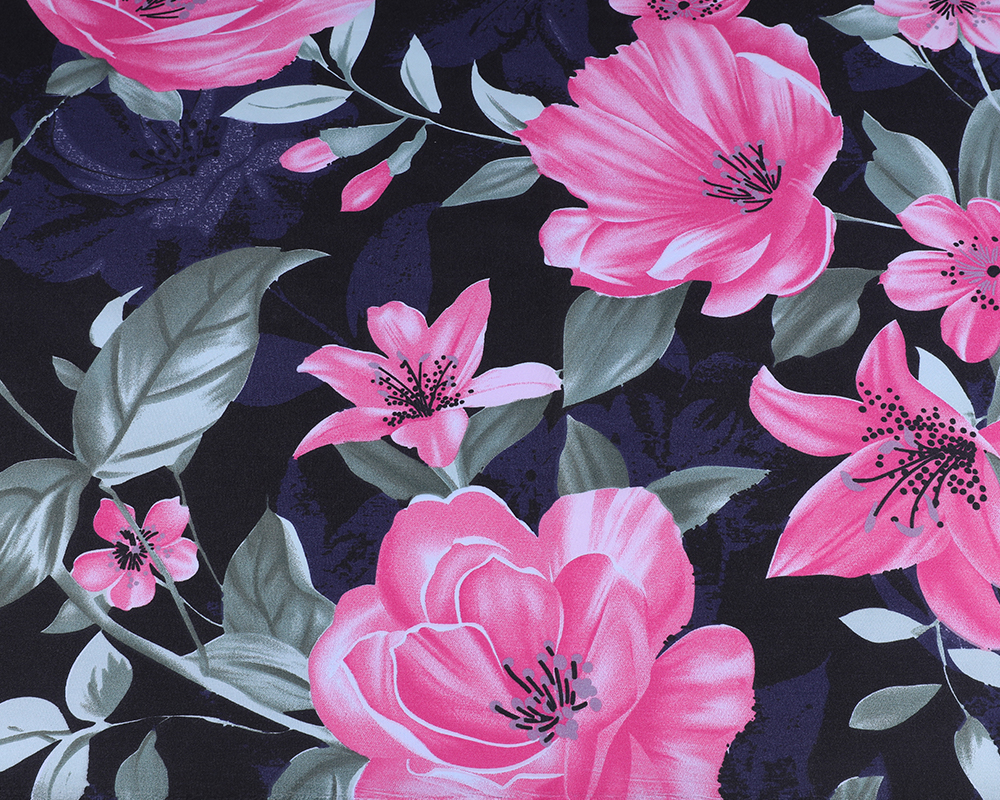Search...
Screen Polyester Super Soft Microfiber Dispersed Flower Bright Colors Printing Fabric technology differs significantly from ordinary printing methods in several key aspects:
Screen printing involves creating a stencil (screen) and using it to apply layers of ink on the printing surface (fabric). This stencil blocks areas where ink should not go, allowing precise designs to be printed. In contrast, ordinary printing methods like digital or offset printing involve directly transferring ink onto the fabric without the use of a stencil.
Screen printing allows for greater versatility in design. It can accommodate a wide range of inks (including specialty inks like metallics and fluorescents) and substrates (different types of fabrics). This makes it suitable for creating intricate designs and patterns that may be challenging with ordinary printing methods.
Screen printing is known for its durability and longevity. The ink penetrates deeply into the fabric fibers, resulting in prints that withstand repeated washing and wear. In contrast, ordinary printing methods may not offer the same level of durability, especially when exposed to frequent laundering or harsh conditions.

For large production runs, screen printing can be more cost-effective than digital printing methods, particularly when printing on bulk quantities of fabric. The initial setup costs for screens and stencils are higher, but the per-unit cost decreases with volume, making it economically viable for mass production.
Screen printing can alter the texture and feel of the fabric depending on the type of ink and printing technique used. It can create raised or textured prints that add dimensionality to the fabric, which is less common with ordinary printing methods.
While screen printing requires more initial setup and expertise compared to ordinary printing technologies, it offers unique advantages in terms of design flexibility, durability, and cost-effectiveness for certain types of fabric printing applications.

 English
English
 中文简体
中文简体
 Español
Español





.jpg?imageView2/2/format/jp2)






